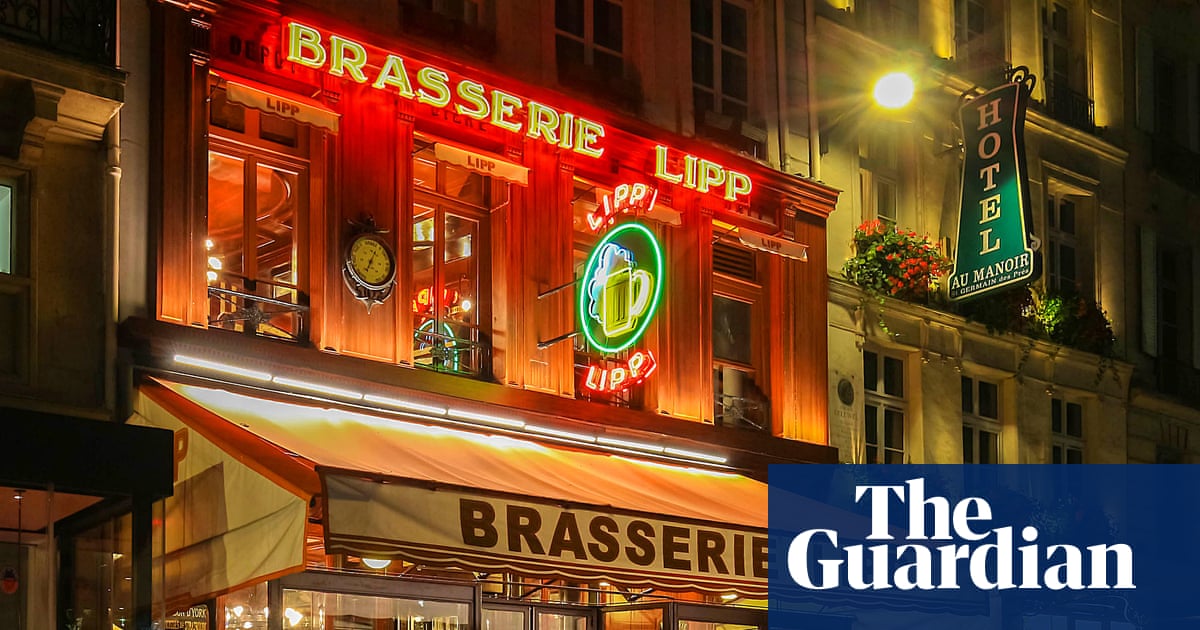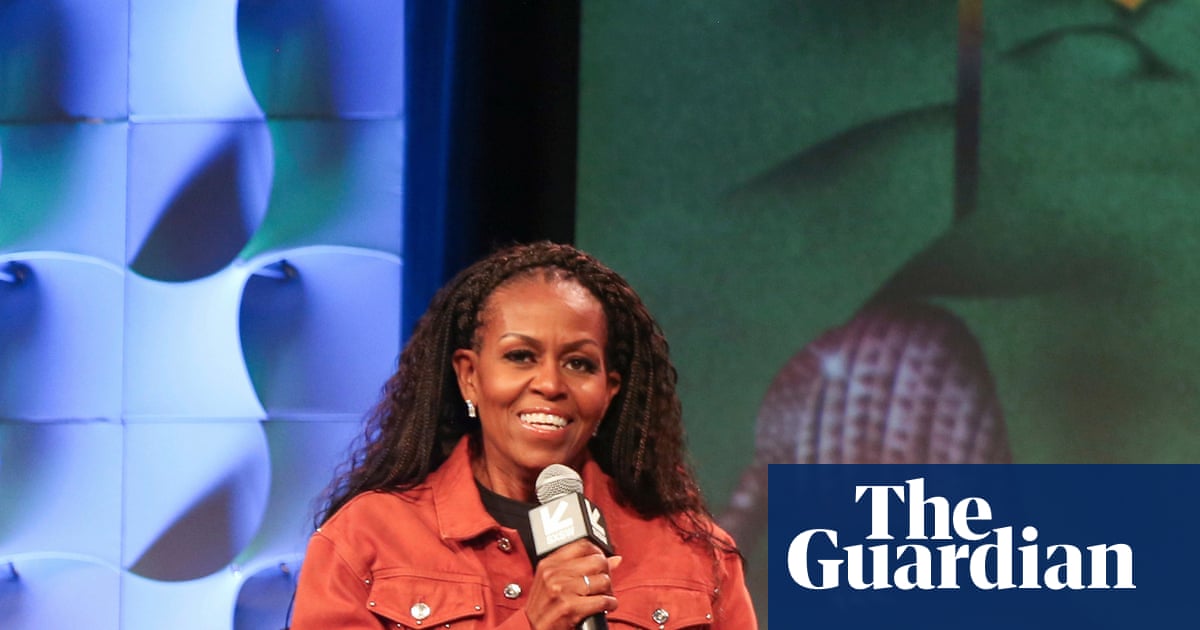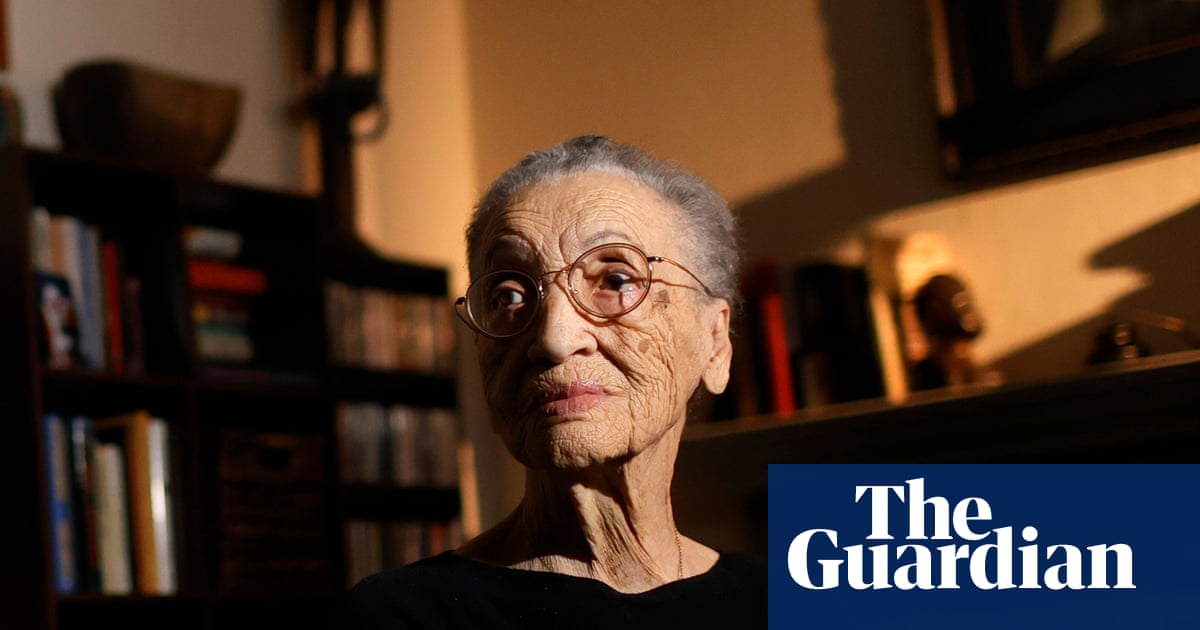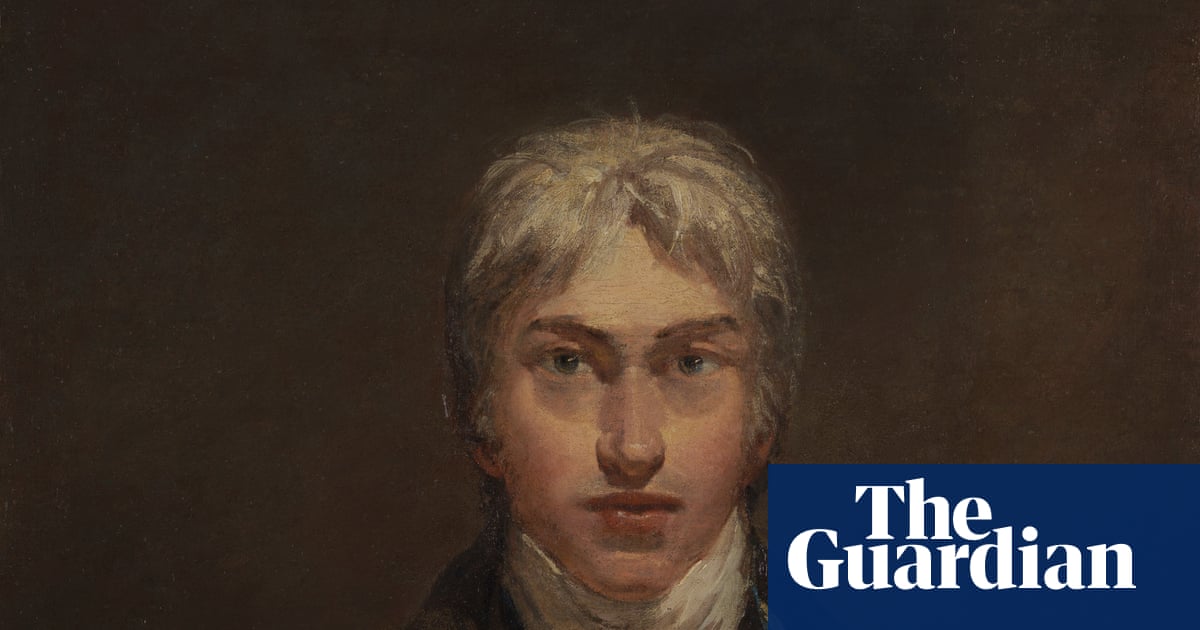Wake up babe, a new trend just dropped.
According to the website Know Your Meme, it’s been five years since the “wake up babe” format – which sees the phrase pasted over an image of a man waking up his girlfriend to announce a new internet talking point – really took off. I first encountered it at the height of what might be called “core fever” in fashion. A new look seemed to be arriving on social media feeds every week, driven by gen Z’s love of blink-or-miss-it microtrends. “Wake up babe, there’s a new aesthetic,” seemed an apt and amusing way to sum up the times.
The idea of “core” in fashion dates back to 2014, when trend-forecasting agency K-Hole described a bland and anonymous aesthetic they saw on the streets of New York as “normcore”. Now a descriptor that is applied to everything from from gen Z’s cult style icon Adam Sandler to characters in video games, the suffix has since been joined by what feels like thousands of things – from “corpcore” (meaning a corporate, businesslike look) and“clowncore”, to one of my favourites, the anything-goes “weirdcore”.
These microtrends aren’t just dizzying – they are part of the acceleration of fast fashion, with brands producing cheap, throwaway items to appeal to a fleeting moment. In 2025, this cycle has slowed down somewhat, but fashion hasn’t kicked the habit entirely. Just look at the recent “medievalcore”, an online aesthetic that takes its cue from an era more than 600 years before the invention of the iPhone. This is a style that focuses on long skirts, corsets and pretty chainmail headbands; it has been spotted across festivals this summer.
It’s already been given the celebrity seal of approval, with the likes of Chappell Roan and Millie Bobby Brown wearing chainmail on the red carpet. There was even a knight at Burberry’s February show, such a novelty that Anna Wintour had her picture taken with it. But even if brands such as Di Petsa, Conner Ives and Christian Dior brought it to the catwalk, the trend has mostly spread online. More than 20,000 videos on TikTok feature the hashtag medievalcore, 22,000 posts on Instagram, and Pinterest reported a 110% rise in searches for medievalcore at the end of 2024.
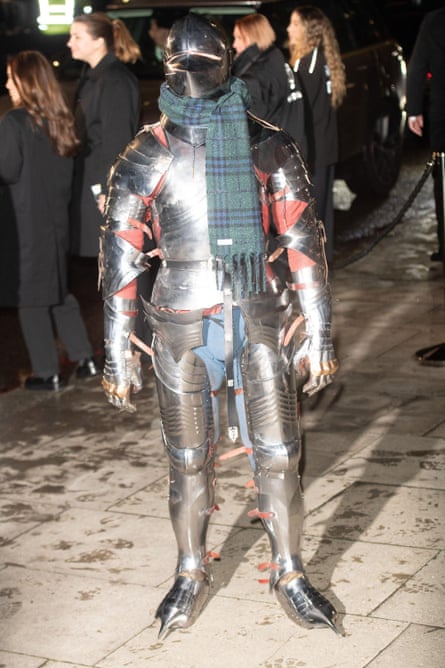
It’s not the first time contemporary culture has been seduced by this period. See the 1960s, when models such as Pattie Boyd wore minidresses with trumpet sleeves, the Beatles and the Stones wore velvet tunics and Paco Rabanne made dresses from chainmail. Or think of the Pre-Raphaelites – painters who depicted 19th-century working-class young women such as Jane Morris and Elizabeth Siddal as medieval ladies, as a way of exploring sensuality, sex and passion in the rigid Victorian era.
As with most “cores”, it’s easy to trace a line between the trends we gravitate towards and the world we live in. There is a sense that young people raised in a digital world might want to regress to a time that feels deeply un-modern – when animals could be put on trial, and women would pluck their eyelashes to draw attention to their forehead. Or there’s an argument that medievalcore, an aesthetic in opposition to being current, is a rail against the recent “clean girl” or “that girl” looks, which emphasise a rigidly understated – and typically thin, white and blond – take on femininity.
But I think that medievalcore actually says more about this moment in fashion, which is less about trends and more about escapism; dressing up as characters and entering a different world. It’s a point of view that mirrors outside interests – such as the growth of gaming culture. Gamers are used to creating outfits for avatars – perhaps this dress-up mentality is spilling over into fashion. Look at the way Halloween has become so much more of an event in the UK in recent years.
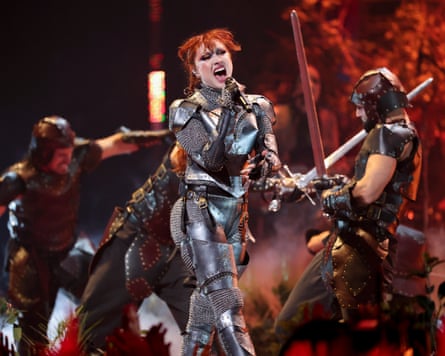
A lot has been written about the decline of subcultures and how young people no longer form these real-world communities in their day-to-day lives. But fashion trends are a stark rejoinder to that – they exist offline as much as online. Much like 30 years ago, when wearing a band T-shirt signalled to people who liked the same band, this is a signal that the other person wearing a corset is in the same online bubble as you.
after newsletter promotion
This works particularly well when aesthetics go beyond dress-up to create community, and influence culture in their own right. There’s dark academia – which is bookish, obsessed with glasses and Donna Tartt, and seems to be partially contributing to a resurgence in the popularity of libraries. According to a 2023 report by the American Library Association, 54% of gen Z and millennials had visited a library in the preceding 12 months. Or cottagecore, which sees people fetishise the countryside by wearing milkmaid dresses and posting pictures of cabins, but could also have influenced young people to go outside more. It certainly coincides with hiking and even fishing becoming more popular.
Medievalcore has a chance to join this elite tier because it has history and characters around it, from Joan of Arc to Eleanor of Aquitaine and Caterina Sforza, and the fact it focuses on a time that was really, really long ago. This allows those involved to create a world around a look, one that could provide community – and certainly brings the escapism that the more lasting “cores” have. Microtrends might not be the best for the environment, or for fashion in general, but they do have value, because for the very online they can provide a place to play.
-
Lauren Cochrane is a senior Guardian fashion writer
-
Do you have an opinion on the issues raised in this article? If you would like to submit a response of up to 300 words by email to be considered for publication in our letters section, please click here.

 1 month ago
48
1 month ago
48








